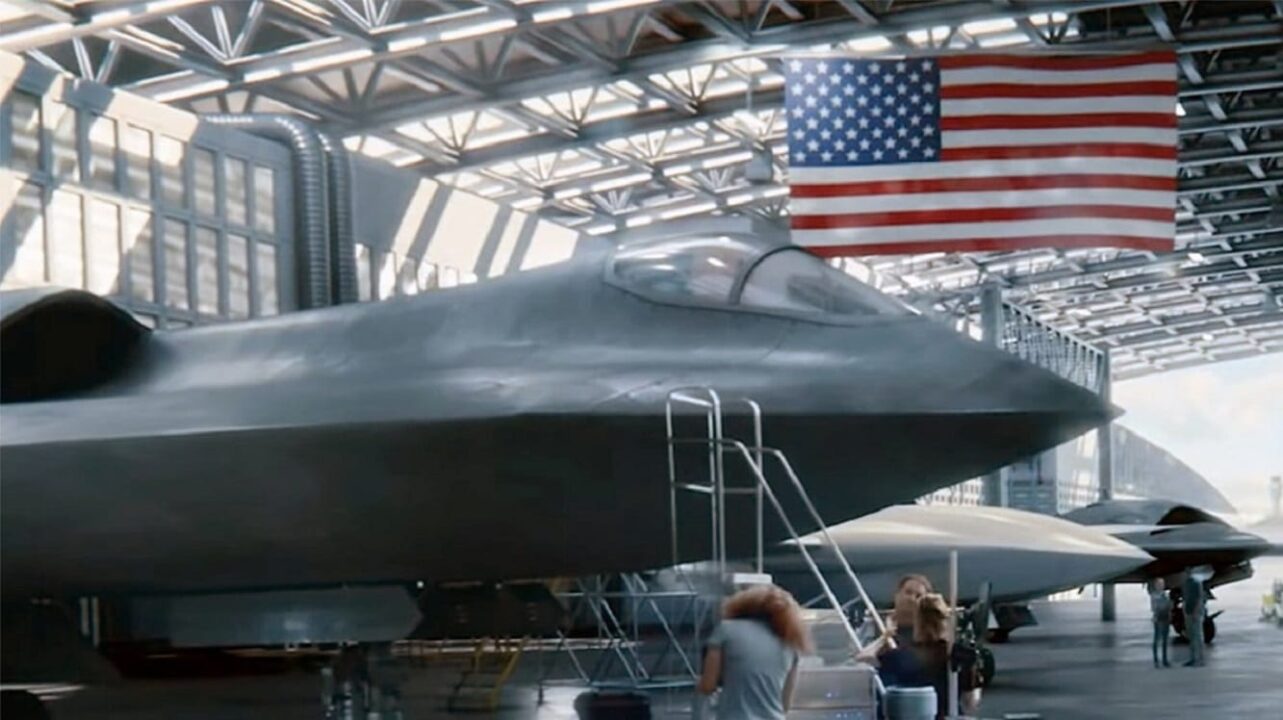The NGAD Question: AI-enabled unmanned fighter jets have been flying successfully for many years.
(Subscribe to 19FortyFive‘s New YouTube Channel here.)
Breakthroughs in autonomous navigation have developed in recent years, and the ability of drones and unmanned systems to increasingly perform a growing range of functions without needing human intervention is expanding.
This is well-known and documented, yet the technological progress raises the somewhat pressing and easily overlooked question of whether a manned NGAD 6th-generation fighter is actually necessary.
NGAD: Manned and Unmanned
Can unmanned systems, empowered by AI-generated computing, algorithms enabling autonomous targeting, maneuvering and flight path adjustments, and breakthrough kinds of data analysis, outperform any manned platforms?
The answer may, at least in some respects, be a clear yes, yet does that mean human consciousness and decision-making abilities are or will become obsolete and worthy of being replaced by AI-enabled algorithms?
Why can’t drones simply perform the entire range of missions intended for the Air Force’s and Navy’s 6th-generation manned platform? After all, the Air Force has already successfully flown unmanned fighter jets and even manned jets with an AI-enabled computerized co-pilot.
Manned-Unmanned Teaming
The reason there will still be a need for a manned platform, despite the rapid progress of AI-enabled computing, decision-making, and autonomy, is that there are attributes unique to human cognition that computers are simply not able to replicate. Certainly, AI-enabled high-speed computing can perform limitless amounts of procedural functions, analysis, and determinations without needing human intervention.
This is not only true at the moment but becoming increasingly true as technology continues to advance. However, there are specific elements of human cognition and dynamic decision-making, such as emotion, intuition, and other more subjective phenomena that computers simply cannot emulate.
Therefore, human decision-making will remain critical for the foreseeable future. It is one reason why the prevailing consensus among weapons developers is that the optimal approach needs to involve a combination of both human decision-making faculties and AI-empowered computer analysis. Both are needed, and the combination of the two is seen as the optimal approach to crafting future warfare tactics.
There is also an aerial command and control element, meaning there will be a need for a manned aircraft to function in a critical, time-sensitive command and control capacity from the air. The Air Force is already building what it calls Collaborative Combat Aircraft, or CCAs, essentially drones to fly in support of a manned NGAD 6th-generation fighter operating in a command and control capacity.
Technology is now enabling manned fighter jets to control groups of drones from the cockpit, a scenario that reduces latency and increases operational flexibility.
Operating as a “family of systems,” the CCAs will support a manned NGAD 6th-gen fighter to conduct forward surveillance, test enemy air defenses, network with ground forces, and even deliver weapons strikes when directed by a human.
Kris Osborn is the Military Affairs Editor of 19FortyFive and President of Warrior Maven – Center for Military Modernization. Osborn previously served at the Pentagon as a Highly Qualified Expert with the Office of the Assistant Secretary of the Army—Acquisition, Logistics & Technology. Osborn has also worked as an anchor and on-air military specialist at national TV networks. He has appeared as a guest military expert on Fox News, MSNBC, The Military Channel, and The History Channel. He also has a Masters Degree in Comparative Literature from Columbia University.

